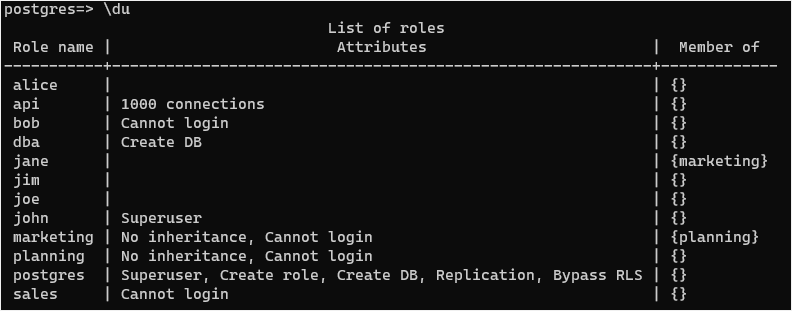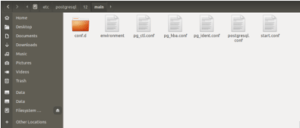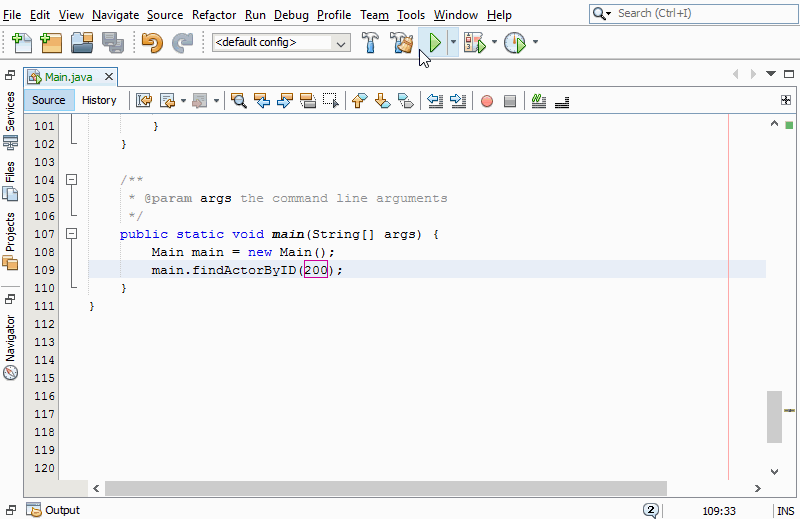

The IP address/hostname and optional port of your PostgreSQL instance. This is how you refer to the data source in panels and queries.ĭefault data source means that it will be pre-selected for new panels. Set the data source’s basic configuration options: The Settings tab of the data source is displayed. Under Your connections, click Data sources. To configure basic settings for the data source, complete the following steps:

Only users with the organization administrator role can add data sources.Īdministrators can also configure the data source via YAML with Grafana’s provisioning system.

POSTGRES SHOW USER HOW TO
Grafana ships with a built-in PostgreSQL data source plugin that allows you to query and visualize data from a PostgreSQL compatible database.įor instructions on how to add a data source to Grafana, refer to the administration documentation. This article has explained all essential methods to show the detail of users in PostgreSQL.Enterprise Open source PostgreSQL data source Or you can use the “ pg_catolg.pg_user” with the collaboration of the “SELECT” statement to show the users via pgAdmin. Run the “\du” and “\du+” statements from the SQL Shell(psql) to show the list of users along with their attributes and descriptions. It is all about the guidelines of PostgreSQL.
POSTGRES SHOW USER PASSWORD
passwd: user can specify the password in text format. userepl: refers that the user can initialize replication or not via the boolean value. usesuper: represent that the user is a superuser or not via a boolean value. usecreatedb: identify the possibility of creating a database through boolean variables (true or false). usesysid: specify the unique identification of users. usename: it contains the name of users (postgres is the default database of PostgreSQL). The above query retrieved a result set having eight users whose names are given in the “ usename” column. The “ SELECT” statement is utilized to get all the user information from the database through “ pg_catolog.pg_user”: Let’s run the below-given query to show the list of users in Postgres via pgAdmin: SELECT * FROM pg_catalog.pg_user To show the list of users on the specified database, select the “ Query Tool” option as given below.įor this, a “ Query” window is displayed on which the user can execute any statement. The pgAdmin facilitates easiness to the users through the graphical representation. Method 2: Show Users in PostgreSQL via pgAdmin This way, you can get the list of users with or without a description using the SQL SHELL. For displaying the description of the role, the below statement can be utilized: \du+ Įxecuting the above statement will display additional information about the user’s roles: The above “ \du” statement is utilized to show the list of all the users/roles in the selected database:įrom the output, users can clearly notice that the “\du” command retrieves the list of users. Open the SQL, provide the login information, and to display the list of users, execute the statement provided below: \du

Method 1: Show Users in PostgreSQL via SQL Shell Method 2: Show Users in PostgreSQL via pg Admin.Method 1: Show Users in PostgreSQL via SQL Shell.This write-up will teach you how to show users in Postgres via the below-listed methods: To deal with such situations, PostgreSQL provides the “\du” and “\du+” statements that are used to show the list of users along with their attributes and descriptions. In certain situations, it is difficult to find the user’s roles and privileges. In PostgreSQL, each user has their own specific role in managing operations in the database.


 0 kommentar(er)
0 kommentar(er)
